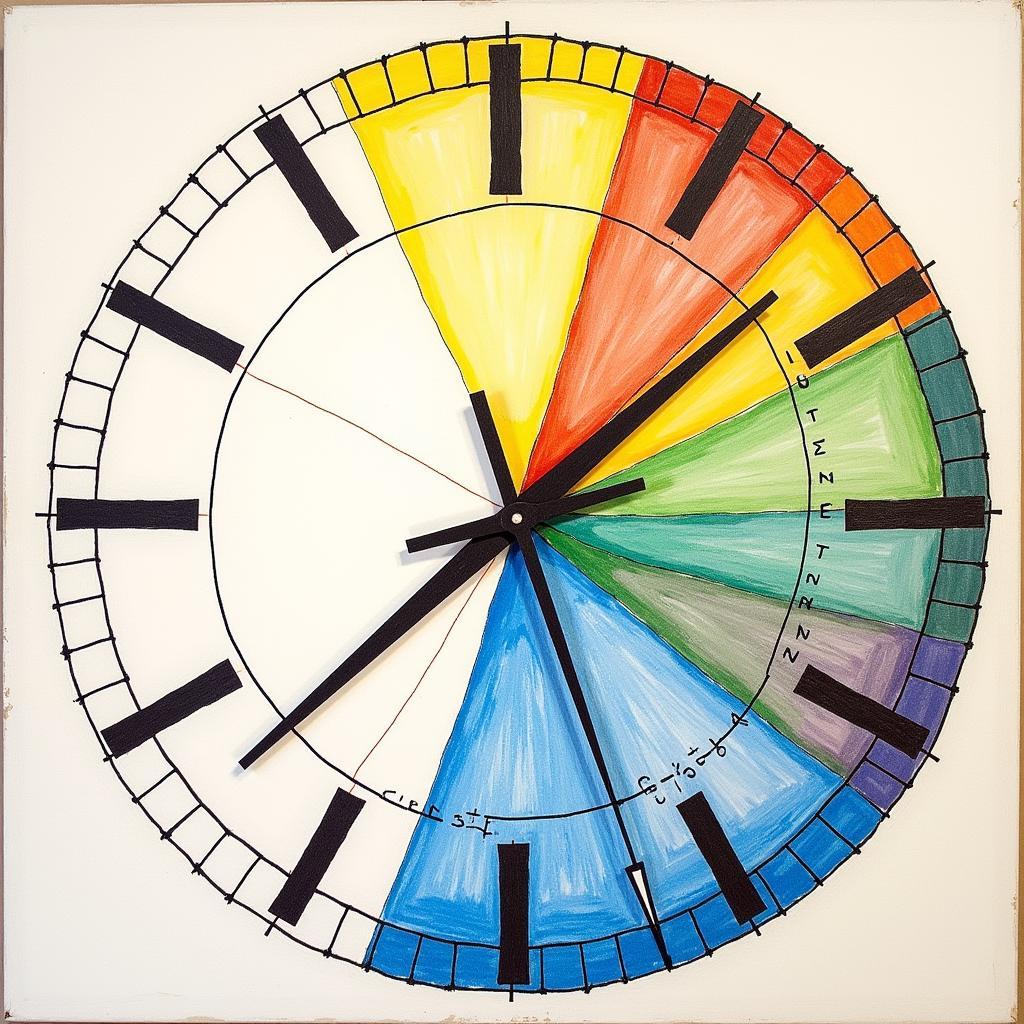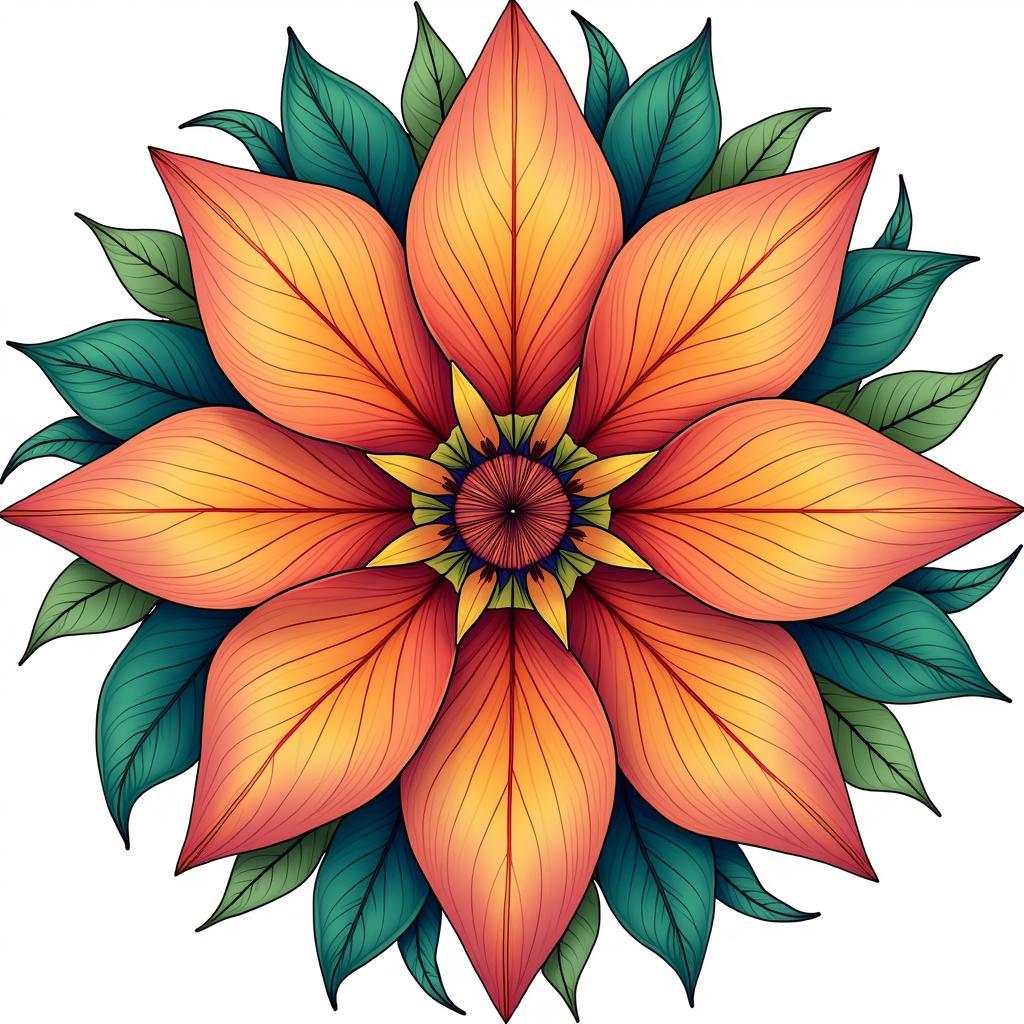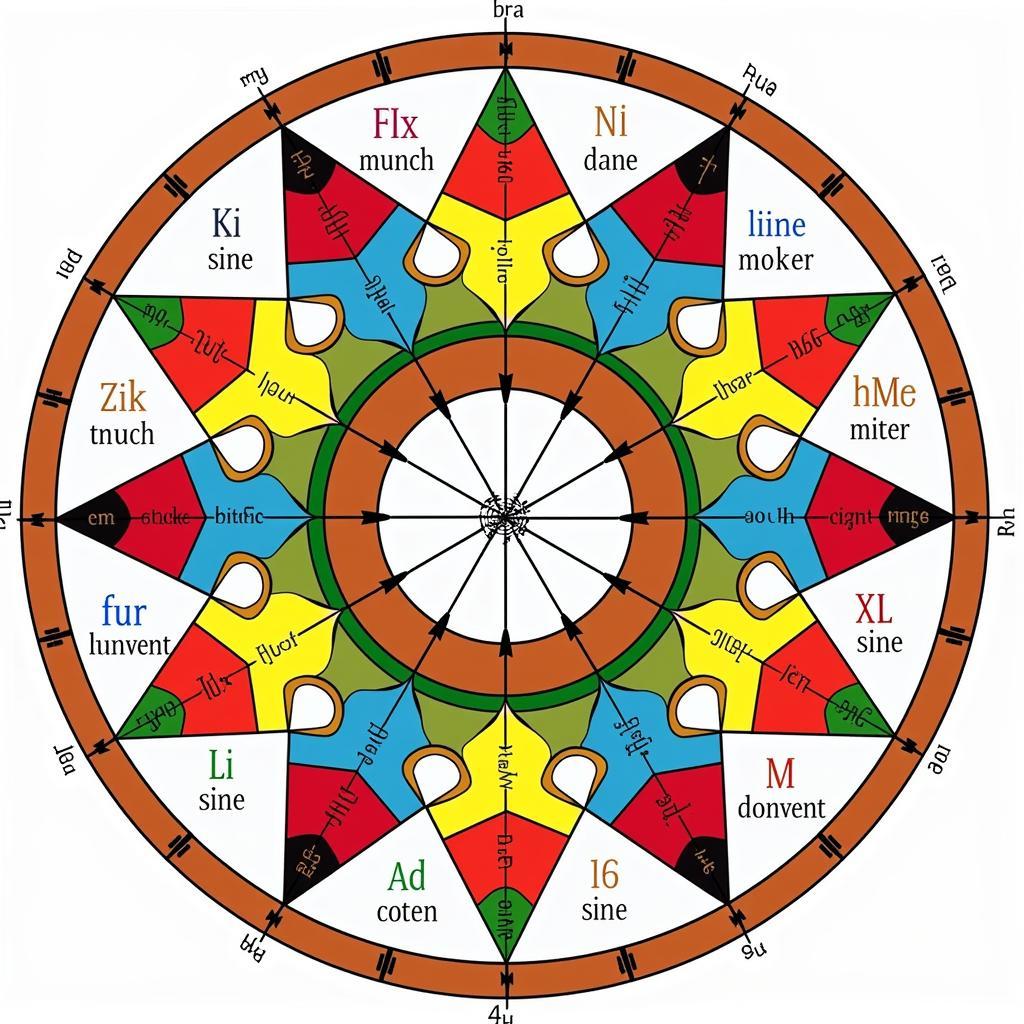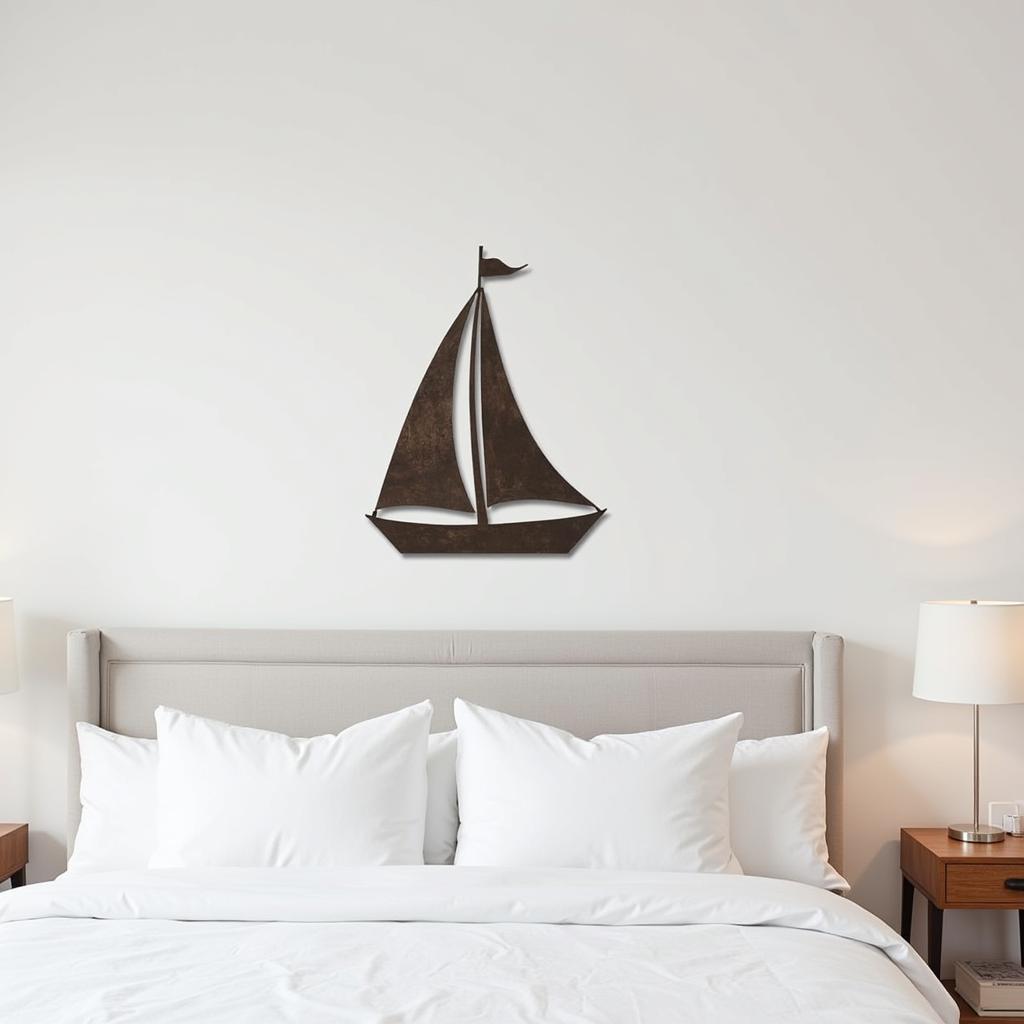Unleash Your Creativity with a Unit Circle Art Project
The unit circle, a fundamental concept in mathematics, might seem like an unlikely source of artistic inspiration. However, with a little imagination and a Unit Circle Art Project, you can transform this mathematical tool into a canvas for stunning visual creations. This article explores the fascinating intersection of math and art, offering a unique approach to understanding and appreciating the unit circle. We’ll delve into creative project ideas, step-by-step instructions, and inspiring examples to help you embark on your own unit circle art journey. After reading this, you’ll never look at trigonometry the same way again!
Exploring the Unit Circle Through Art
The unit circle, defined as a circle with a radius of 1, provides a visual representation of trigonometric functions and their relationships. By combining mathematical precision with artistic expression, a unit circle art project can unlock a deeper understanding of these concepts. Instead of memorizing formulas and angles, you can visualize them, creating a memorable and engaging learning experience. This innovative approach transforms the often-intimidating world of trigonometry into a vibrant and accessible exploration. Want to discover how to make beautiful daycare spring art for toddlers? Click here.
Imagine transforming the unit circle into a colorful clock face, each hour marking a different angle and trigonometric value. Or picture it as a vibrant flower, with petals representing the different quadrants and their corresponding functions. The possibilities are endless! A unit circle art project encourages experimentation and personalization, allowing you to express your unique artistic vision while solidifying your grasp of trigonometric principles.
 Unit Circle Clock Art Project
Unit Circle Clock Art Project
Unit Circle Art Project Ideas and Techniques
There are countless ways to transform the unit circle into a work of art. You can use traditional mediums like paint, markers, and colored pencils, or explore digital art tools for a more tech-savvy approach. Here are some ideas to get you started:
- Geometric Designs: Use the unit circle as a foundation for creating intricate geometric patterns. Explore symmetry, tessellations, and radial designs, incorporating various colors and shapes to bring your vision to life.
- Nature-Inspired Art: Visualize the unit circle as a flower, a sun, or a spiderweb. Represent the trigonometric values with varying petal lengths, ray intensities, or web segment thicknesses. This approach connects mathematical concepts to the natural world. You can find inspiring ideas for goodnight moon art activities here.
- Abstract Expressions: Let your creativity flow freely, using the unit circle as a springboard for abstract compositions. Experiment with color palettes, textures, and layering techniques to evoke emotions and convey complex ideas. Intrigued by wax seal art? Learn more about it!
Regardless of your chosen medium or style, remember to label key angles and trigonometric values on your unit circle art project. This reinforces the connection between the visual representation and the underlying mathematical concepts.
 Unit Circle Flower Art Project
Unit Circle Flower Art Project
Step-by-Step Guide to Creating a Unit Circle Mandala
A mandala, with its inherent circular structure and emphasis on symmetry, lends itself perfectly to a unit circle art project. Follow these steps to create your own unit circle mandala:
- Draw the Unit Circle: Start by drawing a circle on your chosen canvas. Mark the center and draw the x and y axes.
- Divide into Quadrants: Divide the circle into four quadrants, representing the four quadrants of the coordinate plane.
- Mark Key Angles: Mark the key angles (0, 30, 45, 60, 90 degrees, and their corresponding angles in other quadrants) along the circumference.
- Add Trigonometric Values: Write or visually represent the sine, cosine, and tangent values for each key angle. You can use colors, shapes, or patterns to differentiate the functions.
- Create the Mandala: Using your chosen medium, create intricate patterns and designs within each quadrant, radiating outwards from the center. Maintain symmetry and balance to achieve a harmonious composition. For some powerful art projects, check out domestic violence awareness art.
 Unit Circle Mandala Art Project
Unit Circle Mandala Art Project
Conclusion
A unit circle art project offers a captivating way to explore the intersection of mathematics and art. By transforming abstract concepts into visual representations, you can deepen your understanding of trigonometry while unleashing your creative potential. So, grab your art supplies and embark on this exciting journey, turning the unit circle into a canvas for your own unique artistic expression. Explore even more creative possibilities with Eric Carle art projects for preschool.
FAQ
-
What materials do I need for a unit circle art project? Any art supplies will work, from pencils and paper to paint and canvas. Digital art tools are also a great option.
-
Do I need to be good at math to do this project? Not at all! This project can actually help you understand math better.
-
What if I’m not artistic? There’s no right or wrong way to approach this project. Just have fun and express yourself!
-
Can I use a pre-drawn unit circle? Absolutely! You can find printable unit circles online or create your own using a compass.
-
How can I incorporate technology into my project? Use digital art software, create animations, or even 3D print your designs.
-
Where can I find more inspiration? Search online for “unit circle art” or explore mathematical art communities.
-
What are some other ways to use the unit circle in art? You can create sculptures, textiles, or even music inspired by the unit circle.
Further Questions?
Do you have more questions or need additional support with your unit circle art project? We are here to help! Contact us at Phone Number: 02462573573, Email: [email protected] or visit us at Savico Megamall, 7-9 Đ. Nguyễn Văn Linh, Gia Thụy, Long Biên, Hà Nội 10000, Việt Nam. We have a 24/7 customer support team ready to assist you.



